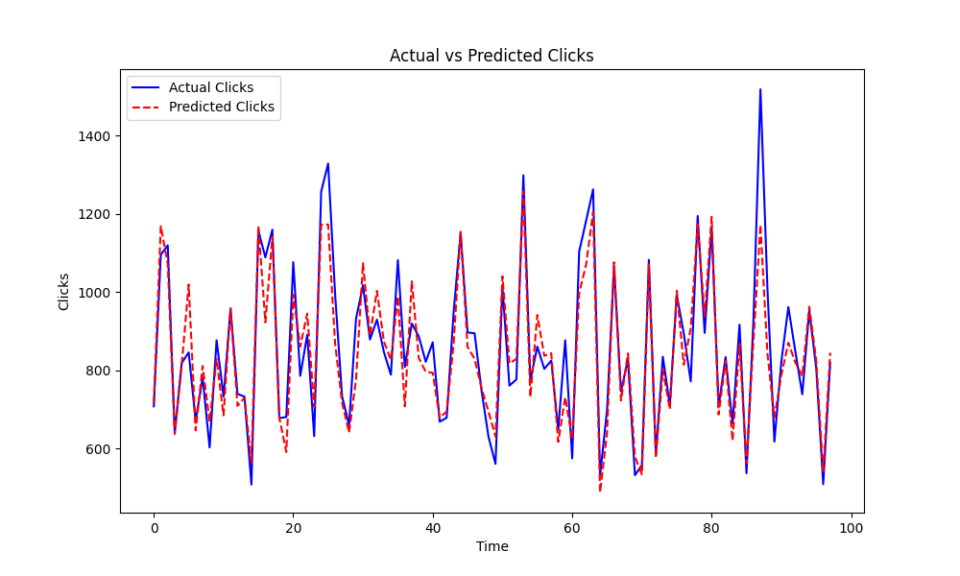First published: 14 March 2019
About HelloFresh
Founded in 2011, HelloFresh is the largest meal-kit provider in the United States, with operations extending to Canada, Western Europe (including Germany and the UK), New Zealand, and Australia. As a data-driven company, HelloFresh uses analytics extensively to refine marketing strategies, optimize conversions, and improve organic search visibility.
Executive Summary
Key Findings
HelloFresh’s backlink profile is heavily built around images, many of which appear to be part of paid advertising efforts. A significant portion of its organic traffic comes from brand-related keywords, indicating strong brand recognition but also highlighting untapped potential for non-brand keyword growth.
One major inefficiency identified in 2019 was the separation of its blog from the main domain. If the blog had been integrated into the root domain, estimates suggest that overall organic traffic could have increased by 25%. This move would have allowed the blog content to leverage the authority of the main domain, improving its keyword rankings and visibility.
At the time of analysis, HelloFresh ranked for over 70,000 keywords, generating approximately 250,000 monthly SEO visits (including 50,000 from the blog). However, only 10% of indexed pages received more than 10 organic visits per month, indicating potential indexation inefficiencies.
HelloFresh’s Use of Data
HelloFresh’s growth was driven by its data-centric approach, leveraging insights from organic search trends, backlink strategies, and user engagement metrics. In SEO, its data utilization included:
- Keyword-driven content marketing: The blog produced articles optimized for high-intent food-related search queries, including “Porridge Rezept” (7.7k monthly searches) and “Grünkohl Zubereiten” (5.5k).
- Affiliate-style backlink strategy: By embedding image-based backlinks across partner sites, HelloFresh controlled a significant portion of its referral traffic and visibility.
- Conversion tracking & user engagement metrics: Data from search performance was used to refine content, ensuring that high-traffic pages aligned with customer acquisition goals.
This structured, data-informed strategy helped HelloFresh maintain dominance in the meal-kit market by continually optimizing its digital footprint.
Backlink Profile Overview
- 40,000 backlinks from 1,400 domains
- 81% of backlinks come from low Page Authority pages
- 50% of backlinks originate from German websites
- 50% of backlinks are image-based (often with text annotations)
- Only 3% of backlinks are nofollow
Notable backlinks with Page Authority of 30+:
- Make Munich
- Cross Engage
- International HelloFresh Blog
- UK HelloFresh Blog
- Raidenger
Backlinks for advertisement:
HelloFresh’s backlink strategy in 2019 was unique in that 50% of its links were image-based, often originating from banner placements and affiliate partnerships. This approach, while effective for visibility, meant that much of its link equity was distributed in a way that may not have maximized SEO impact.
Organic Traffic Analysis
HelloFresh ranked for 70,000+ keywords, generating 250,000 SEO visits per month, with 200,000 visits from the main domain and 50,000 from the blog (subdomain).
Traffic Breakdown
- 40% of organic traffic came from brand-related keywords
- Non-brand organic growth opportunities remained significant
- Top-performing non-brand keyword: “couscous”
Main Keywords Driving Traffic
Brand-related searches (40% of total traffic)
Broad food-related terms
- Rezepte (3k)
- Gesunde Rezepte (1k)
- Kochbox (900)
Dish-specific keywords
- Couscous (3k)
- Hackbraten (2.5k)
- Schweinefilet (1.3k)
- Thai Curry (1k)
- Köttbullar (1k)
- Falscher Hase (1k)
- Risotto (1k)
- Tortilla (900)
- Süßkartoffelsuppe (750)
Ingredient-related searches
- Pak Choi (2.4k)
- Rote Beete (1.3k)
Top Blog Keywords (Subdomain)
- Porridge Rezept (7.7k)
- Grünkohl Zubereiten (5.5k)
- Gemüsebrühe Selber Machen (4.7k)
- Eierlikör Selber Machen (3k)
- Brötchen Backen (2.5k)
- Müsliriegel Selber Machen (1.7k)
- Ingwer Shot (1.5k)
- Nudeln Selber Machen (1.4k)
- Chai Latte (1.3k)
- Tzatziki, Brot Ohne Mehl, Kohlrabi (1.1k each)
Indexation Efficiency
- 10% of indexed pages drive significant traffic
- From 7,000 indexed pages, 650+ pages each receive at least 10 monthly visits
Conclusion & Opportunities
HelloFresh’s 2019 SEO performance demonstrated strong brand authority but highlighted opportunities for non-brand growth.
By integrating its blog into the main domain, HelloFresh could have capitalized on its existing content’s authority, increasing traffic by an estimated 25%. Additionally, refining its backlink strategy to focus more on high-authority editorial links rather than image-based affiliate links could have further strengthened organic visibility.
While the brand excelled in capturing branded search traffic, an expansion of content targeting non-brand food-related queries would have unlocked additional growth potential. With over 70,000 ranking keywords and a 250,000 monthly SEO visit base, HelloFresh had a strong foundation for continued organic search success.
Note: This case study reflects data from 2019 and does not represent HelloFresh’s current SEO status. Trends and strategies may have evolved since this analysis.

Alex is an experienced SEO consultant with over 14 years of working with global brands like Montblanc, Ricoh, Rogue, Gropius Bau and Spartoo. With a focus on data-driven strategies, Alex helps businesses grow their online presence and optimise SEO efforts.
After working in-house as Head of SEO at Spreadshirt, he now works independently, supporting clients globally with a focus on digital transformation through SEO.
He holds an MBA and has completed a Data Science certification, bringing strong analytical skills to SEO. With experience in web development and Scrum methodologies, they excel at collaborating with cross-functional teams to implement scalable digital strategies.
Outside work, he loves sport: running, tennis and swimming in particular!




